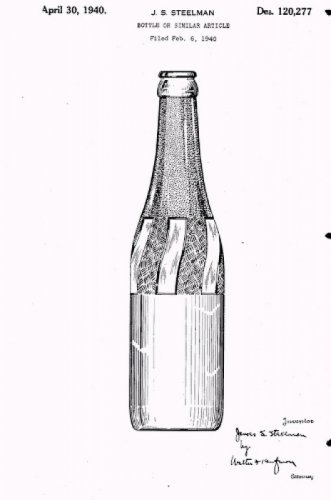T D
Well-Known Member
Who knows, maybe the guy who first used the term "wave" actually meant "weave" but it was a typo of some kind and he either misspelled it or accidently forgot to include the 'e'
So with this said, I've decided to rewrite history and am now officially calling it ...
I really don't know why I even respond anymore to these statements. I read this last night at about eleven. I had for three hours previously been broadcasting a high school football game on the radio. My job for the actual 48 minutes of the game is to let those not in attendance know what is going on in the game. I can make the game as exciting or as boring as the situation dictates. I try to use different analogies, stories, experiences, etc. to describe what is going on. If the running back carries the ball off right tackle and then down the right sideline and is tackled out of bounds, then that's what I call. I may describe it in a different way each time that certain action happens, but it is still a running back taking a handoff off tackle then going down the right sideline and being tackled out of bounds. As I sat there and read this, I likened it the football game. What if I started saying well he started to go left, but it looks like he changed his mind because there was one fellow over there on the defense that was particularly mean looking because he had snot running down his nose and didn't like running backs that wore number 32 on their jersey. And then the next play was no gain on a quarterback sneak. I can't say the quarterback was about to pass, but decided against it because the defenders were definitely in a mindset to intercept any passes that he may have thrown on that play. Or what about just changing things around to suit what I want to happen. Would that be fair to the mass of people out there listening and expecting me to give them an accurate version of what is really happening?
I know this is a weak analogy, but it is somewhat appropriate. If we are all in a chat session or talking at a bottle show or in a thread discussing different possibilities, or maybe it was this or that, then ok. But you when you start a thread in a manner that you do, in the name of research and documentation, then it needs to be just about documentation. Every time you throw statements like the one highlighted above around, then it cheapens and devalues all the other hard work that goes into it, and it cheapens the hard work that all the other researchers are doing. We all need to be careful that the research we do is never construed as being done to either increase the value of what we are researching or to increase the value (or relevance) to what we want the conclusion of our research to be. When the running back runs off right tackle, down the right sideline, then out of bounds, then it is my job to describe it in the best way I can factually. Anything more is not fair to the masses that depend on me to get the correct information to them.


